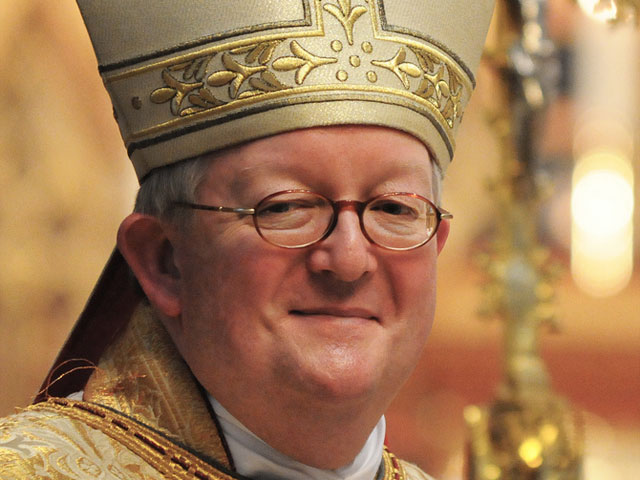Well that’s not the news I expected to wake up to! Pope Benedict has announced he’ll retire at the end of the month. And as Michael Brendan Dougherty writes:
There is no way I’m prepared for the ignorance about to be on display in the media
Joshua Trevino snarked:
Summing up most media comment: “Is it normal for the Pope to also be the Bishop of Rome? Will we see future Popes focus on just the Papacy?”
NBC host Chris Hayes weighed in:
All in all, a pretty lackluster (dare I say crappy?) papacy, right
@michaelbd ?
And CNN’s Piers Morgan came out as the first Vatican Truther of the day:
As a Catholic, I’m not buying this. Popes don’t just quit because they’re tired.
What about the more august media institutions? Well, let’s look at the New York Times. It starts fine:
ROME — Citing advanced years and infirmity, Pope Benedict XVI stunned the Roman Catholic world on Monday by saying that he would resign on Feb. 28 after less than eight years in office, the first pope to do so in six centuries.
OK, then we get some phrasing that makes a quote look a little scare-quotey in the second paragraph (but it’s just quoting and not scare quoting) and this in the third paragraph:
A profoundly conservative figure whose papacy was overshadowed by clerical abuse scandals, Benedict, 85, was elected by fellow cardinals in 2005 after the death of his predecessor, John Paul II.
Sigh. If the New York Times wants to offer the opinion that the papacy was overshadowed by the abuse scandals from decades ago, that’s fine. It’s not straight news journalism, but whatever. However, to present it as fact when it’s more the narrow-minded focus and deeply-held conviction of the newspaper itself, that’s not fine.
Later we get more:
The announcement plunged the Roman Catholic world into frenzied speculation about his likely successor and seemed likely to inspire many contrasting evaluations of a papacy that was seen as both conservative and contentious.
The Times picks the adjectives for how the papacy “was seen” (by whom were they seen, you might be asking). They are, you will be shocked, “conservative and contentious.” Do we even need to bother with further evaluations? Seems like we’re done.
It was at this point that I checked out of the article:
When he took office, Pope Benedict’s well-known stands included the assertion that Catholicism is “true” and other religions are “deficient;” that the modern, secular world, especially in Europe, is spiritually weak; and that Catholicism is in competition with Islam. He had also strongly opposed homosexuality, the ordination of women priests and stem cell research.
Sigh. Sigh. Sigh. OK, it’s a lie that the pope opposed stem cell research. I imagine what the reporters are trying and embarrassingly failing to grasp is that some religious groups oppose that stem cell research which destroys human life. They don’t oppose the (wildly more successful, but don’t tell the media) forms of stem cell research that don’t.
Stupid error on the part of the Times.
Meanwhile, what does it mean to “oppose homosexuality”? That term is false and meaningless. As for Benedict believing that Catholicism is true … well, I’m not entirely sure we need newspapers to tell us that. It’s like the punch line of a joke, and says infinitely more about secular media than it does the Roman Catholic Church.
I’m sure there’s more, but I need a breather before I continue the New York Times article.
You know your job: Tell us the best and worst of the media coverage you see. I’m sure we’ll be hitting this over and over again.











